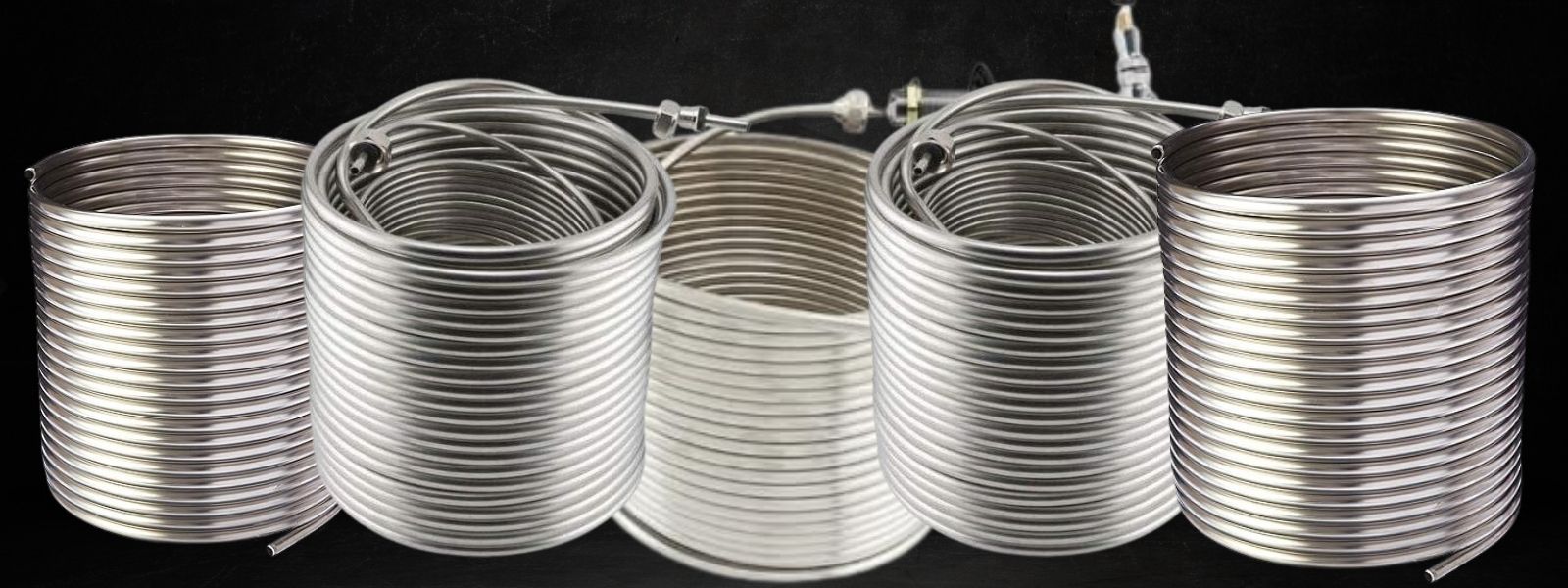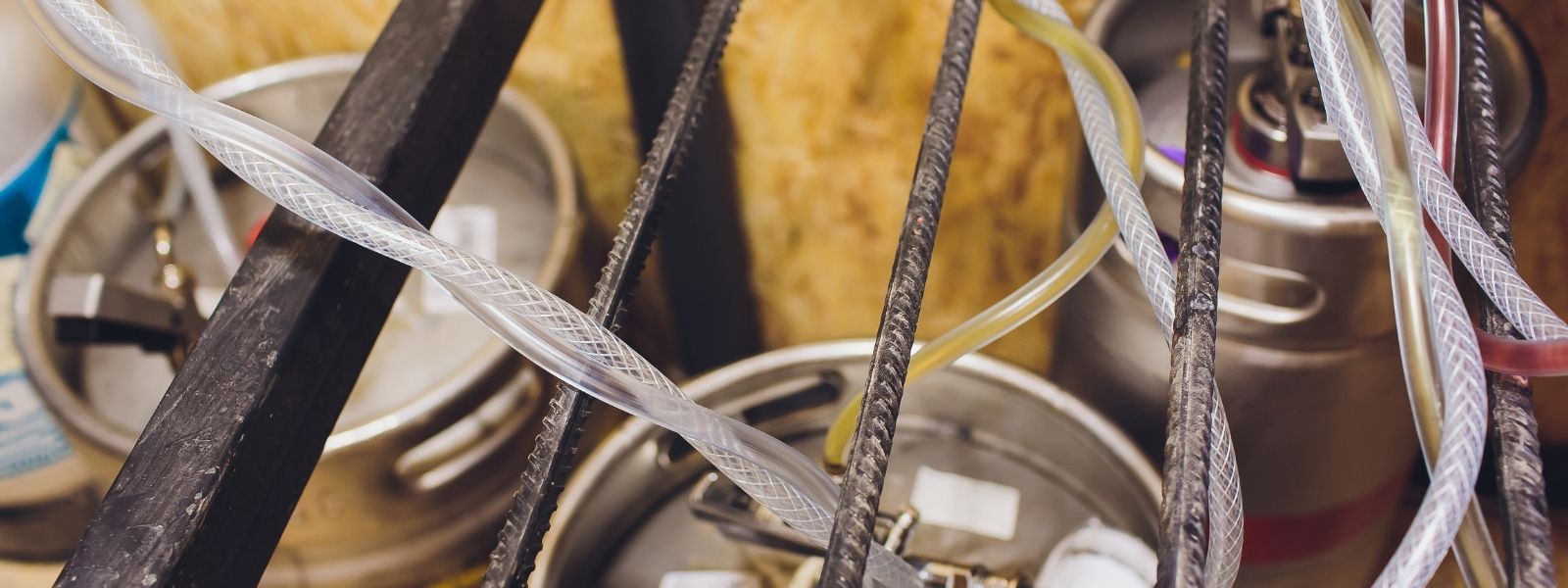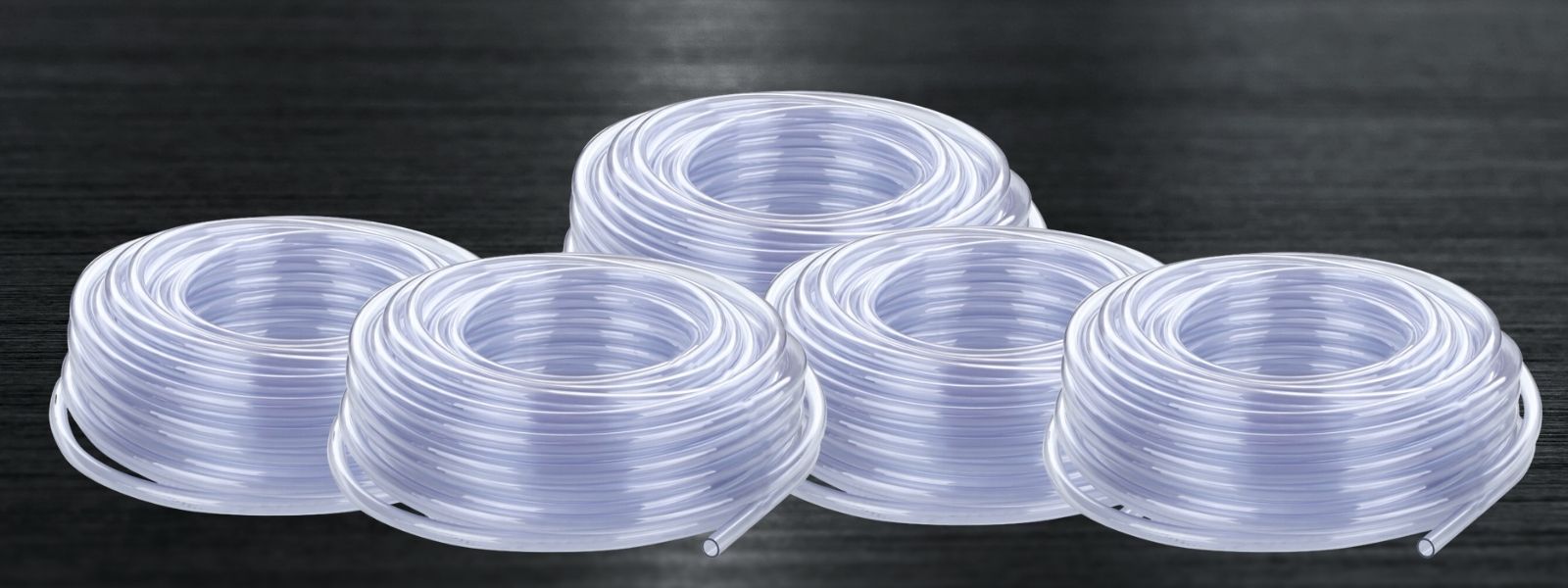- Heat Exchange Coils
- Dispensing
- Brewing
- Tubing
- Fittings & Clamps
-
Recently Viewed
You have no recently viewed items.
Copper Tubing used in HVAC
Copper refrigeration tubing plays a critical role in HVAC (heating, ventilation, and air conditioning) systems, as it is used to transport refrigerant between different components of the system. Here's an overview of how refrigeration tubing is utilized:
1. Refrigerant Transport
Refrigeration tubing is primarily used to circulate the refrigerant through the system. The refrigerant alternates between liquid and gaseous states as it absorbs and releases heat. The tubing provides a sealed pathway for this process.
- Suction Line: Carries low-pressure, low-temperature refrigerant gas from the evaporator to the compressor.
- Discharge Line: Transports high-pressure, high-temperature refrigerant gas from the compressor to the condenser.
- Liquid Line: Moves high-pressure, high-temperature liquid refrigerant from the condenser to the expansion valve and evaporator.
2. Material Types
The most common material for refrigeration tubing is copper, known for its excellent thermal conductivity, corrosion resistance, and durability. Some systems may use aluminum or stainless steel tubing for specific applications.
3. Sizing and Installation
Proper sizing and installation are crucial for system efficiency:
- Sizing: The diameter of the tubing must match the system's capacity and refrigerant flow requirements.
- Insulation: Suction lines are often insulated to prevent condensation and energy loss.
- Bending and Joining: Tubing is bent and joined using specialized tools and techniques, such as brazing, to maintain a leak-proof and efficient system.
4. Types of Tubing
- Soft Copper Tubing: Flexible and typically used for smaller systems or tight spaces.
- Hard Copper Tubing: Rigid and used for larger systems or where durability is needed.
5. Applications
- Residential HVAC Systems: Connecting the indoor and outdoor units of split ACs or heat pumps.
- Commercial Systems: Found in refrigeration systems for supermarkets, cold storage, or large HVAC setups.
- Industrial Systems: Used in large-scale systems for factories or warehouses.
6. Maintenance
Regular checks on refrigeration tubing are important to:
- Detect and fix leaks.
- Ensure insulation is intact.
- Prevent blockages and maintain efficiency.
By understanding its role and maintenance, refrigeration tubing ensures the HVAC system operates effectively, providing comfort and efficiency in various environments.
- Choosing a selection results in a full page refresh.





















